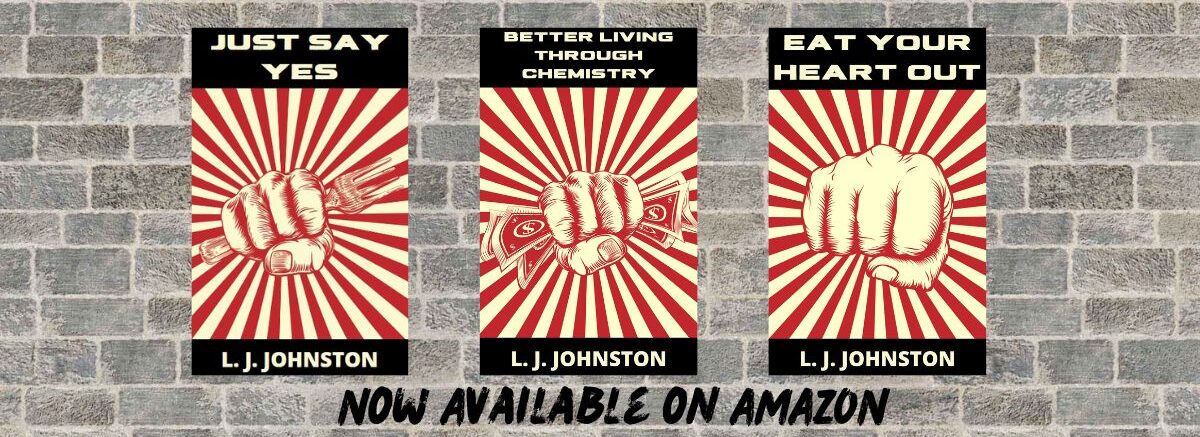Greetings, fellow story craft nerds! Last post, I did a macro analysis of the 1997 movie Contact, applying the 5 Commandments to the entire story arc. This time, I'll apply them to a single scene. (If you're new to Story Grid, check out my initial post on the topic. )
I'm sticking with the scene I mentioned last time as a front-runner for my choice today. It's a great example of an Inciting Incident, and I haven't covered an II in this series of posts yet.
The Inciting Incident for this film, in my opinion, is the ten minute scene that catapults the main character out of what is known in Joseph Campbell/Hero's Journey lingo as their Ordinary World. It occurs about 34 minutes in. That works out to about 25% into the film, which is a little over two hours long.
There are a few different ways an Inciting Incident can occur. It can be an accident/coincidence. It can be the result of deliberate actions. Or, it can be nebulous, mysterious, unexplained until the end of the story (if at all). In this story, the II is a direct result of the main character's training, combined with her grit.
Dr. Ellie Arroway's Ordinary World is something many of us can identify with. She is passionate about her career goal (finding proof of alien life) and resents the time wasted by bureaucratic nonsense. But she hasn't made any progress on finding extraterrestrial life. In fact, her boss is threatening to pull the plug on her project.
However, Dr. Arroway is one tough cookie. She is not a quitter. One day she has her listening equipment set up away from her main lab, at a location that offers some welcome solitude. Externally, this helps her listen because it is quiet out there among the radar dishes. Internally, I think she's just a big ol' introvert and enjoys the time alone. In any case, she's out there alone with her headphones on, and she hears something other than the seemingly never-ending radio static she's used to hearing. She's a pro. She realizes immediately this is significant. She races back to her lab and gets her two staffers involved.
Fun detail: back at the lab, her coworkers have overlooked the red alert on some of their computer screens indicating a signal from outer space because they are watching a television interview with a trendy lifestyle guru (who also happens to be the same guy Dr. A had a brief hookup with a few years back) talking about how despite all the great new science and technology at our disposal, humans feel more alone than ever. Classic! I love it!

Once Ellie jerks their attention back to the signal, the three work feverishly to reject or confirm that this signal a) is not a natural phenomenon; and b) it is not coming from Earth or any Earthly technology in orbit such as satellites, space stations, and so forth. The film sets up a sense of urgency beautifully here with a couple of progressive complications. The signal stops. We wait breathlessly for it to start up again. This plants the seed of doubt that it could vanish at any time. The three astrophysicists also discuss briefly why they will need to rely on partners on the other side of the earth when the signal is no longer audible because of the orbital paths of the various celestial bodies involved.
As the three frantically discuss this incredible new development, they are deeply troubled by the many unanswerable questions that arise. Specifically, the apparent origin of the signal doesn't make sense to them. The pattern is clearly recognizable (all prime numbers) which makes them wonder if it's some kind of Earth-bound hoax. The Crisis in this scene is whether or not to report this event immediately, and risk even further discredit and disdain from their peers if they're wrong, or wait until they have fully validated their findings, and risk not being the first to report.
The Climax is Dr. Arroway's decision to announce their discovery, even though there are many unanswered questions. She feels she and her staff have done their due diligence. If they are going to be first, and validate their years of unappreciated work with this historic discovery, they must act immediately.
The Resolution unfolds in the following scene with government officials rushing to Dr. Arroway's lab to join in the heretofore ignored project to make contact with extraterrestrial life.
This is a very condensed ten minutes of film. The discovery of the signal changes everything, not only for Dr. Arroway but for her staff, her bosses, the government, the country, and yes, the world. It ushers us into the Middle Build of the story, which is a good mix of internal and external story progressions. If you haven't seen the film, I highly recommend. And I really need to read the book, just based on this article I stumbled across today while researching this post. Dr. Sagan, you are missed.
Thanks for reading! If you enjoyed this post, I hope you'll take a minute to subscribe to my blog (the subscribe box is near the top of the right sidebar).






